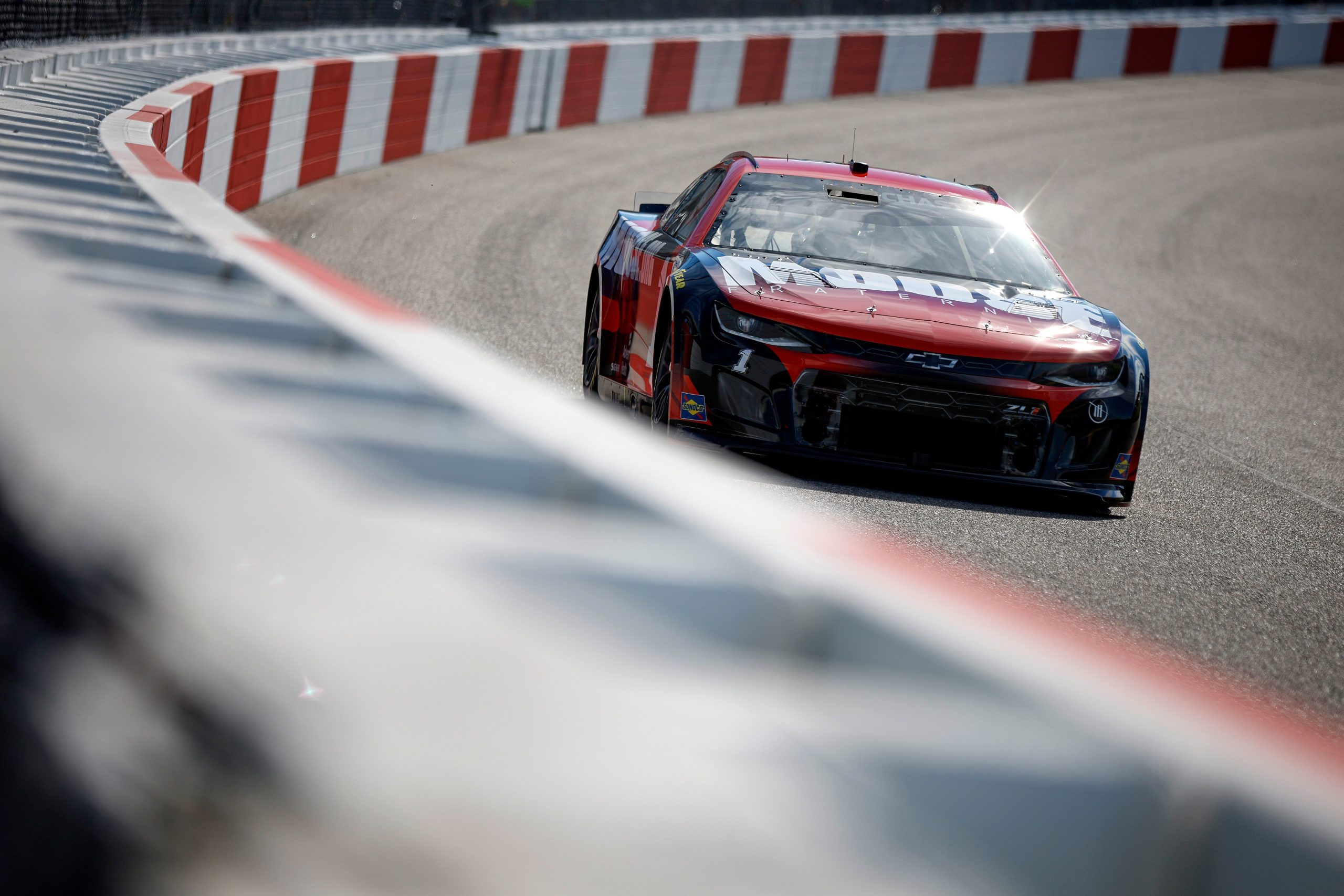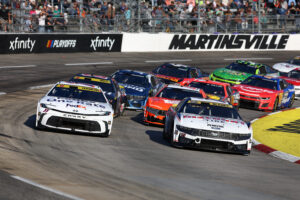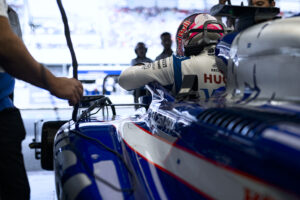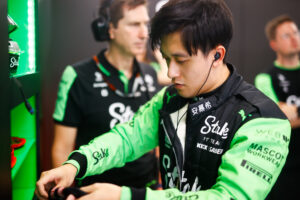With it changing frequently, NASCAR qualifying is difficult for most to understand. Here is an overview of everything fans need to know.
For decades, NASCAR qualifying was fairly simple to understand. Typically on the day before a race, each driver would go out by themselves and drive two laps as fast as they could. The driver that recorded the fastest lap would earn the pole and start first in that weekend’s race. The remaining drivers’ starting positions would be determined by their lap times with the second fastest car starting second and the slowest car starting last.
In an effort to bring more entertainment to qualifying, NASCAR revamped its qualifying format in the 2010s. Under these rules, there were two opening stages where multiple cars were on the track at once and the top ten fastest would advance to the final round. These final ten cars would start first to 10th in the race and the order was determined by their speeds in the final round. For the drivers that failed to make the final round, they were ordered 11th through 40th based on their speed in the first round.
While the new format was successful in making qualifying more interesting, it was largely a disaster for NASCAR. Since qualifying was now essentially a mini-race, several cars got into wrecks during qualifying. This infuriated drivers and teams because their weekends were already ruined before the race even started and they would be forced to drive a backup car in the race.
Due to the COVID-19 pandemic, NASCAR did not hold qualifying or practice sessions for the 2020 and 2021 seasons. This disappointed drivers as they were not able to work on their cars before the race and their starting spots were decided by an algorithm based on the last race.
NASCAR heard all of these criticisms by drivers and fans on their old qualifying formats, as well as the lack thereof of qualifying sessions, and introduced a new NASCAR qualifying system in 2022 that will likely remain in place during the 2023 season.
The new NASCAR qualifying format is separated based on the type of track with ovals, superspeedways, road courses, and the Bristol Motor Speedway Dirt track. Each style of track abides by its own rules that are still more-or-less the same, aside from at Bristol Dirt.
NASCAR Qualifying at Ovals, Road Courses, and Superspeedways
At ovals, cars are split into two groups set by odd/even finishing order of the previous race. Each car drives one lap by themselves around the track. The top five from each group advance to the final round, where they again drive one lap on their own. Similar to the previous format, the fastest driver in the final round wins the pole with the remaining cars being ordered second to tenth based on their speeds in the final round. Drivers that failed to advance to the final round are ordered based on their speeds in the first round.
Road courses have a similar format to ovals with a twist. Cars are again split into two groups, but each group participates in a multi-car, 15-minute session. The top five cars from each group then move on to the final round, which is a multi-car, 10-minute session. The fastest driver from the final session wins the pole. The remaining positions are filled exactly the same way as on oval tracks.
Qualifying at superspeedways is also essentially the same as at ovals, but cars are not split into two groups. Instead, all cars make one lap by themselves in one group. The top ten fastest advance to the final round. Then, as with the other tracks, the fastest driver from the final round wins the pole. The remaining spots are also filled the same as at the other tracks.
NASCAR Qualifying at Bristol Dirt
When the series heads to the Bristol Dirt Race, things get a bit changed up. NASCAR’s lone dirt track has a qualifying format that does not resemble that of any of the other tracks. There are no groupings or traditional single-car qualifying laps. Drivers compete in four qualifying races to determine the starting lineup for the race. The lineup is not determined based on finishing position in the heat races, however. It is instead based on a point system NASCAR put in place.
In explaining this new format for Bristol Dirt, NASCAR stated:
“During the heat races, drivers accumulate points for finishing within the top 10. First place earns 10 points, second gets nine and so on down to one point for 10th — it’s the same way stage points are determined during a regulation race. In addition to their finishing points, drivers gain one point for each car passed from their original starting position. For example, a driver who starts fourth and finishes second will receive two points. Drivers who finish where they started or ultimately lose spots on the grid get zero passing points. There are no deductions.”
After the four races end, points are added up and the driver with the most points earns the pole. The remaining spots are also determined based on the points earned as the driver with the second-most points starts second and so on. Ties are broken based on owner points for the regular season.
Will this qualifying format stay in place for 2023?
Overall, the NASCAR qualifying format at each track was successful. There were not many complaints from drivers or fans in 2022. The main issue was the complicated nature of the format, especially at the Bristol Dirt Race.
While it is safe to assume these rules will stay in place given this success, NASCAR has yet to announce any changes or confirm the qualifying formats for any style of track for 2023. They have also not announced how qualifying for the new Chicago Street Course will be conducted.






